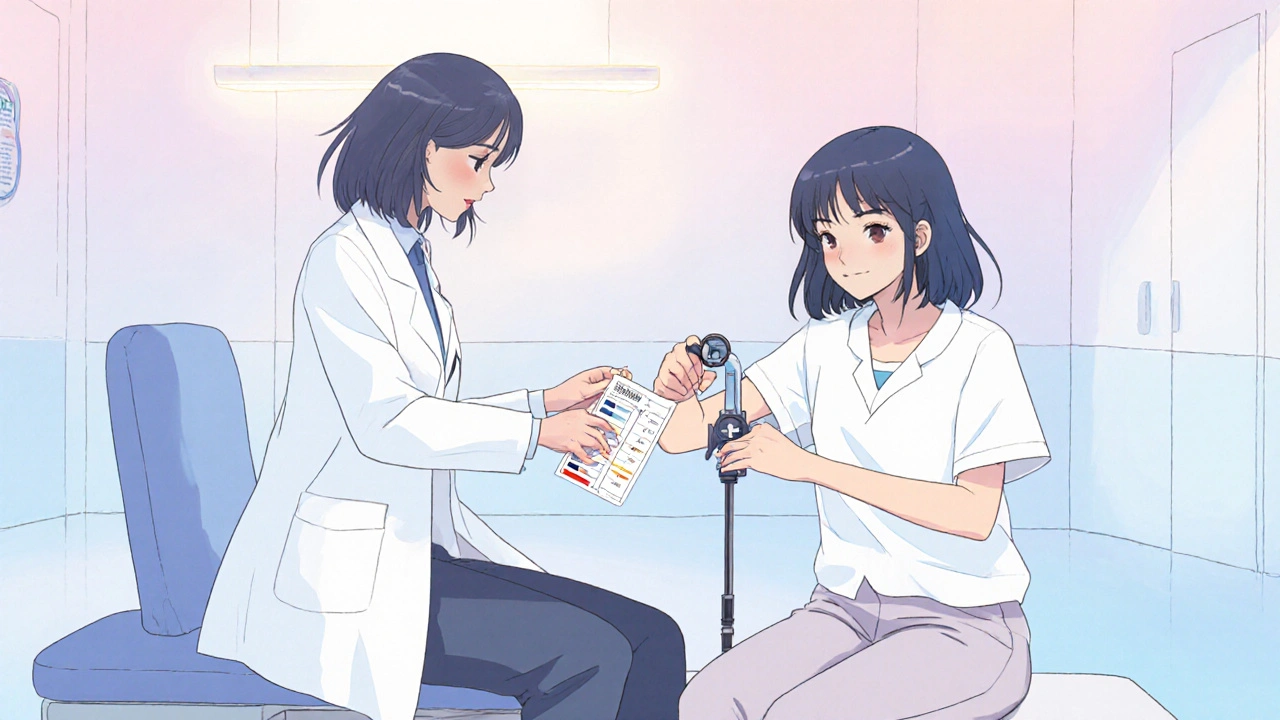Learn how physical therapy reduces spastic muscle tone, the key techniques used, and how to build an effective treatment plan for lasting mobility.
Read MoreRehabilitation: Your Path to Recovery
When talking about rehabilitation, the coordinated set of actions that help a person regain function after illness, injury, or surgery. Also known as recovery, it blends medical, physical, and psychological support to get you back on track. Rehabilitation isn’t a single treatment; it’s a roadmap that adapts to each condition, whether you’re managing chronic kidney disease, recovering from a transplant, or coping with a neurological disorder. By focusing on functional goals, it reduces long‑term disability and improves quality of life. The process often starts in the hospital, moves to outpatient clinics, and may finish with home‑based exercises, all while doctors keep an eye on drug levels, nutrition, and overall health.
Key Pillars That Shape Successful Rehabilitation
One of the core building blocks is Physical therapy, targeted movement exercises designed to restore strength, flexibility, and coordination. Physical therapy encompasses muscle conditioning, balance training, and gait correction, which directly supports the broader rehabilitation goal of functional independence. Another crucial pillar is Medication management, the systematic monitoring and adjustment of drugs to match therapeutic targets. Proper medication management influences rehabilitation outcomes by preventing side‑effects that could hinder mobility or cause fatigue. Finally, Patient education, clear instructions and counseling that empower individuals to follow care plans plays a pivotal role; when patients understand why they take a certain dose or how to perform an exercise, adherence jumps, and recovery speeds up. These three entities—physical therapy, medication management, and patient education—work together, creating a feedback loop where progress in one area fuels improvements in the others.
Below you’ll find a curated collection of articles that dive deep into each of these aspects. From practical oral‑hygiene tips for kidney disease patients to step‑by‑step guides on cyclosporine level monitoring, the posts cover real‑world strategies you can apply right now. Whether you’re looking for drug‑comparison charts, lifestyle adjustments, or specific rehabilitation protocols for conditions like heart failure, arthritis, or seizure disorders, the resource list is organized to help you locate the most relevant advice quickly. As you scroll further, expect detailed breakdowns, actionable checklists, and evidence‑based recommendations that link directly back to the core pillars of rehabilitation, giving you a comprehensive toolkit for a smoother, safer recovery journey.
